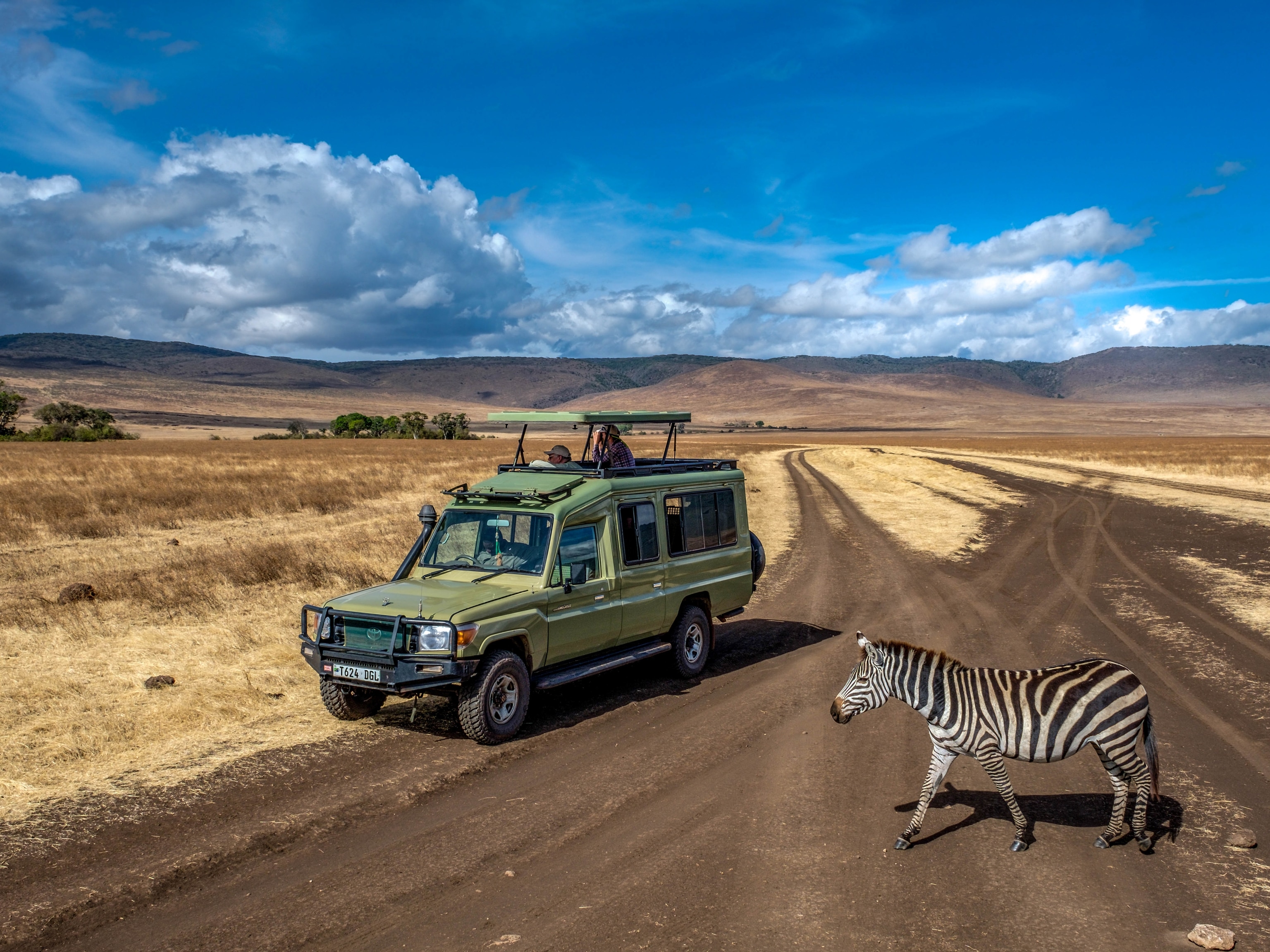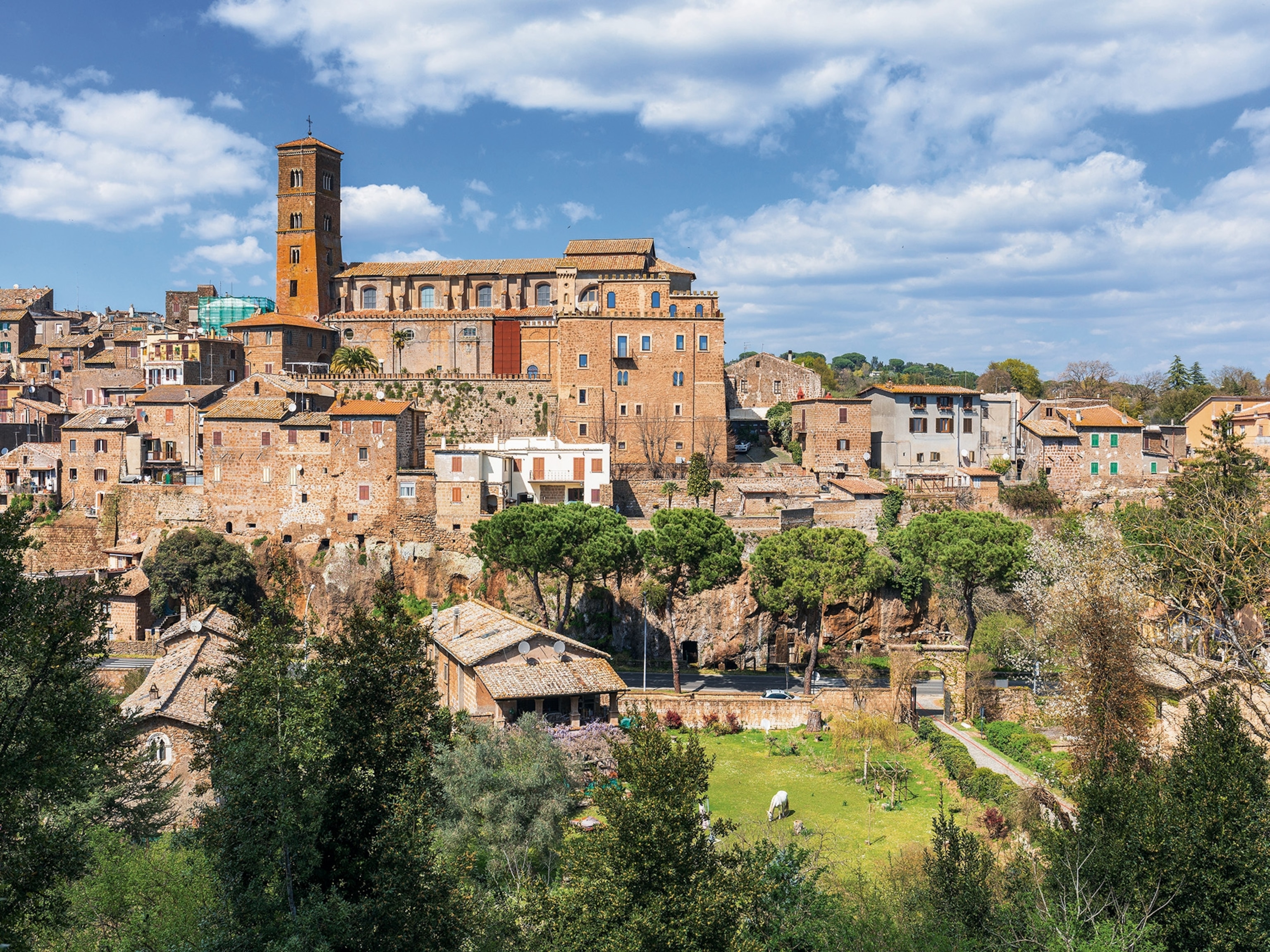See This Enchanting Spring Landscape Come to Life
A photographer follows the metamorphosis from winter, to spring, and summer in 93 days.
There’s no place like home. In life and in photography, a closer look at the familiar can often reveal truth and beauty. This series of 93 days of spring in my home state of Minnesota is no exception.
Shooting locally may seem counterintuitive to some. Cameras seek the exotic, and for good reason—novelty is inspiring. As a National Geographic photographer for more than three decades, I’ve made millions of images in far-flung places—majestic African landscapes, remote groups of indigenous people, lively street scenes in Paris.
But sometimes the most revealing photographs are of the places we know best. When you shoot an area you know in your bones, as I do the North Woods and prairies of Minnesota, it touches on something primal. Familiarity and intimate knowledge of the subject come to light and manifest themselves in the frame.
I was born in the southwestern part of the state—flat, featureless landscape dominated by corn and soybean fields. It’s not exactly a location brimming with compelling imagery. But learning to make photographs on the prairie may have been a blessing for me: I was weaned on looking carefully. The visual language I employ today—my photographic voice—was born in this minimal landscape of “fly-over country.”
Like the two other season-specific series I’ve produced, this one has been a near-transcendental experience for me. Each image I make feels like a prayer flag I’ve hung out to the universe—a celebration of nature’s wonder. I hope some of that is revealed here.
I’m drawn to limitations. So when I started this series, I thought I’d shoot it the same way as an earlier one: by restricting myself to one image a day, simply and minimally. I would shoot like a Japanese Zen master calligrapher who observes a sheet of paper, then makes one simple gesture. And I’d make each image at exactly noon. As photographers know, noon light is the worst light of the day—a time to put away the camera and take a nap.
But after two weeks my self-imposed limit began to feel artificial, even cruel. I was missing precious light and moments. So I decided to shoot in a more joyous way, driven by aesthetics rather than the clock.
Most of these photographs were intuitive and unplanned. Sometimes I’d see a subject and say, This orchid isn’t quite in full bloom, I’ll come back later. But spontaneity was the standard.
This project began on the 2014 vernal equinox and ended on the day before summer solstice. Minnesota weather can vary greatly in spring. When the season begins, there’s deep snow in the north and temperatures are as low as -30°F. Then it climbs, often to uncomfortable heights. Record highs and lows have ranged a full 140 degrees.
I took these photos in the state’s four main ecological zones: tallgrass aspen parkland, prairie grassland, deciduous forest, and coniferous forest. Many of the images have a strong narrative. For instance, I’d been watching an eagle nest for five years but had never photographed it. Then on day 50, on my way to finally shoot it, I saw an eagle floating in a pond nearby. It had been hit by a car. My heart broke as I watched it hang its head and die in the water. The next shot (day 51) shows the eagle’s mate waiting in vain near their nest. It waited for days.
Other frames record happier experiences. Days 91 and 93 were made at Touch the Sky Prairie—a thousand-acre preserve I established in 2002. It’s one of the few large unplowed pieces of land in the region. I was born on a farm just a mile away, and I made some of my very first photographs there when I was 14. I’ve come full circle. I’ve come home again.
Jim Brandenburg’s series 93 Spring Days is featured in the April issue of National Geographic magazine. Watch a nature video from each day of the year on Nature 365 and see more of Brandenburg’s photographs on his website.





